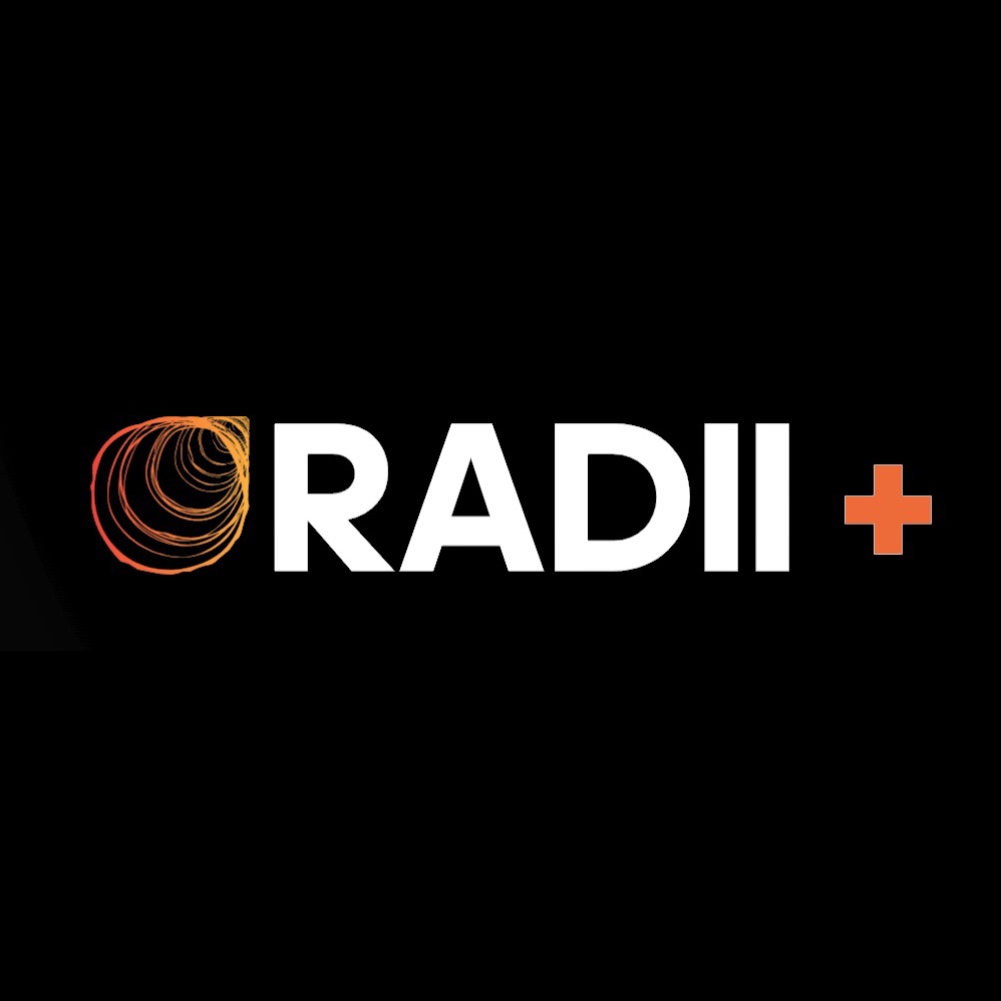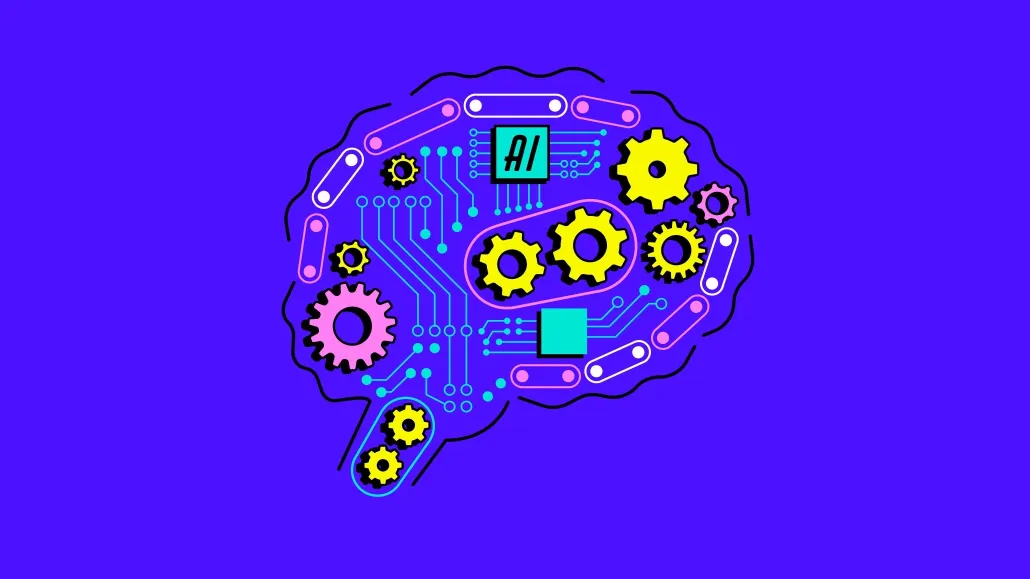Jorge Poyatos, Seedtag’s co-founder and co-CEO
The possibilities of contextual ad targeting are growing quickly, and artificial intelligence is a key factor in this development. Similar to how the human brain utilizes neural networks to identify patterns and give them meaning, the most recent contextual ad technology uses these same ideas to grasp the human interest, intent, and emotion underlying consumer behavior in addition to just classifying information.
This advanced comprehension of human behavior and intent may be activated across media channels with the help of AI agents, creating neuro-contextual ad targeting, an intelligent modern media solution.
READ MORE: Google’s Latest Antitrust Battlefield Is Generative AI Rather Than Advertising Technology
Contextual targeting has provided a privacy-safe substitute for behavioral advertising for more than ten years. In order to provide scalable reach and brand safety, especially on the open web, it matches advertisements to material that is thematically close by identifying keywords, URLs, and category labels.

Contextual targeting has also been used as a research instrument at its most strategic level. It can be used by marketers to track rivalry, examine sentiment patterns, and find topic-level information within a content network.
However, classification methods served as the foundation for the conventional contextual targeting paradigm. It explains the purpose of a piece of information, but not why a customer interacts with it. Although it rarely played a key role in full-funnel strategy, it has done well at the top of the funnel. It has typically been a secondary channel, which is trustworthy but has a narrow focus and is viewed as an addition rather than a foundation.
This has been altered via neuro-contextual technology. Understanding deeper audience signals like interests, emotions, and intents is the foundation of neuro-contextual targeting, as opposed to traditional contextual targeting, which was based on identifying keywords, categories, and URLs. Neuro-contextual targeting produces full-funnel results across extra venues, such as CTV and premium video, whereas standard contextual targeting solely provides upper-funnel awareness on the open web.
A method supported by neuroscience changes the contextual paradigm.
By concentrating on how the human brain processes information to enhance contextual ad techniques, neuro-contextual technology has changed the paradigm of ad targeting.
READ MORE: Netflix Adds Yahoo To Its List Of Programmatic Advertising Partners
Contextual relevance in advertising is based on neuroscience, which shows that familiar, context-congruent stimuli—like a baseball bat in a baseball field—are processed more smoothly by the brain and garner higher attention and favorability.

Emotional involvement deepens emotional resonance by activating memory-related brain areas and creating a halo effect on nearby content, such as advertisements, especially in settings linked to pleasant emotions. Additionally, the brain selectively filters information according to its relevance to the intent when a customer is in a goal-oriented state, like studying a significant purchase. By aligning ad placements with times of increased attention, emotional receptivity, and intentional involvement, neuro-contextual technology imitates these processes.
READ MORE: Netflix Adds Yahoo To Its List Of Programmatic Advertising Partners
Neuro-contextual targeting achieves new heights with the aid of agentic activation.
When combined with an AI agent, neuro-contextual technology realizes its full potential. In essence, an AI agent is the body that converts insights into actionable steps at every stage of an advertising campaign, while neuro-contextual technology serves as the brain that interprets audience signals in great detail.
The AI agent dynamically links the objectives of a campaign, audience data, and competitive information with pertinent content contexts. Additionally, the AI agent continuously modifies advertising to appeal to consumers’ emotions and contexts while creating unique audiences for advertisers based on actual consumer engagement patterns rather than predefined groupings.

Contextual advertising has evolved from an advanced targeting strategy to a fully integrated media solution for privacy-first advertising, surpassing the capabilities of conventional behavioral targeting, thanks to the combination of neuro-contextual insights and agentic-driven action.
An essential component of neuro-contextual ad targeting is embeddings.
Neuro-contextual understanding is based on embeddings. They are a layer of neural networks that converts campaign prompts and content into numerical vectors that express intent and meaning. The neural system can measure semantic alignment effectively and at scale thanks to these vectors.
Embedding provides a lightweight, high-precision substitute for the resource-intensive complete inference from huge language models. It makes it feasible to run on the whole open web and in high-attention viewer situations like CTV and premium video since it allows real-time content understanding across media forms.
This is how the neuro-contextual understanding became scalable and how contextual advertising changed from a conventional categorization system to a neuro-contextual media solution.
The practical application of neuro-contextual ad targeting
A global travel company looking to connect with customers that perceive travel as a way to connect culturally rather than just as a way to unwind can serve as an illustration of how neuro-contextual ad targeting actually operates. Travel-related websites, including destination guides, booking websites, and blogs dedicated to trip planning, would display the campaign if the travel brand employed typical contextual ad targeting. Although the match would have a theme, it would not be specifically tailored to the interests of the customer. The same treatment would be given to a reader looking into resort possibilities and another examining historical sites.
Nonetheless, the approach of emphasizing learning, culture, and discovery will be integrated into and matched with material that reflects those signals if the travel company employs neuro-contextual ad targeting throughout its campaign. This may include a long-form piece on the significance of cuisine in cultural history, a documentary on architecture, or a story about language immersion.
Then, using those common indications of interest, intent, and emotion, agentic AI brings audiences together, and the creative is tailored to each environment’s tone. The result is a campaign that aims to engage individuals in the appropriate ways and not only reach them in the appropriate locations.

The strategic significance of contextual advertising is increased by neuro-contextual technology.
Fundamentally, advertising technology has always sought to comprehend human nature, including what people desire, care about, and plan to accomplish. Marketers can now rely less on conventional contextual targeting methods like behavioral tracking, intrusive profiling, and personal data thanks to advancements in neuro-contextual technology that mimic human brain.
The advertising ecosystem receives a privacy-first foundation when AI agents successfully apply the deeper insights gained by neuro-contextual technology, and the interests of publishers, advertisers, and consumers are finally aligned. From additional media strategy to strategic media cornerstone, neuro-contextual advertising raises the entire sector.
Step into the ultimate entertainment experience with Radii+ ! Movies, TV series, exclusive interviews, live events, music, and more—stream anytime, anywhere. Download now on various devices including iPhone, Android, smart TVs, Apple TV, Fire Stick, and more!


